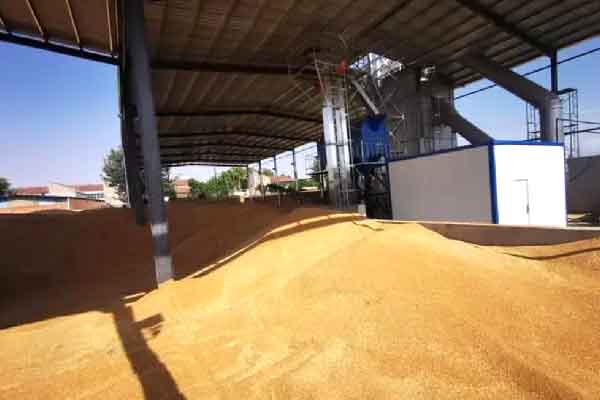Advantages of Wheat Drying
With the continuous development of agricultural modernization, wheat drying technology has gradually become an integral part of wheat production. We will delve into the pros and cons of wheat drying and analyze its impact on quality.

Advantages of Wheat Drying:
Reduced Loss Rate: If wheat is not promptly dried after harvesting, it is prone to moisture absorption, mold growth, and insect infestation, leading to a higher loss rate. Drying wheat can significantly lower this loss rate and increase farmers’ profits.
Extended Storage Duration: Dried wheat has a lower moisture content, making it less susceptible to moisture absorption and mold formation, thereby extending its storage life.
Uniform Moisture Content: Wheat that has been dried evenly boasts a consistent moisture content, resulting in improved processing quality and better taste, satisfying various consumer demands.
Increased Value-Added Potential: Dried wheat can be directly marketed or further processed into products such as flour and noodles, enhancing its overall value-added potential.

